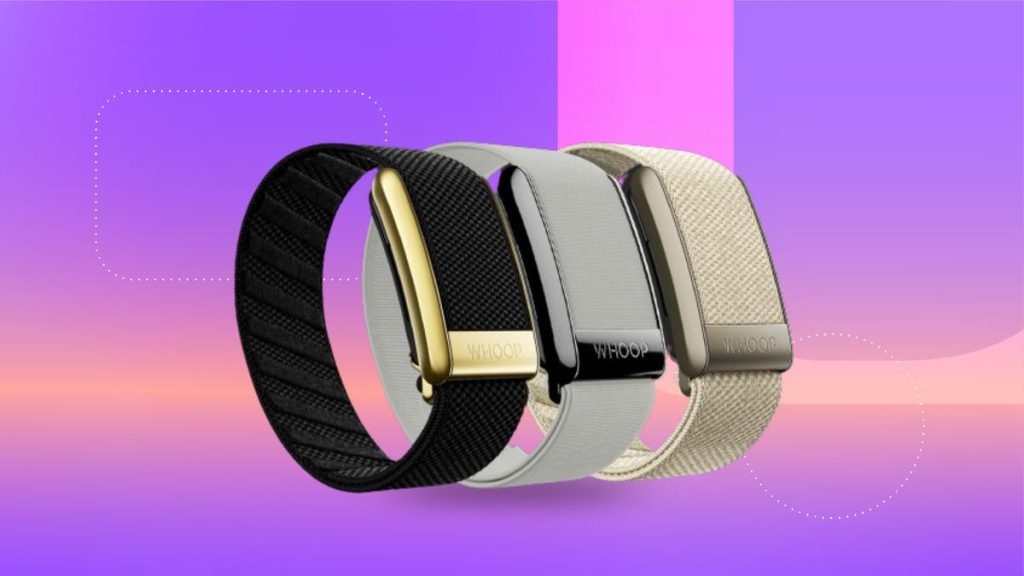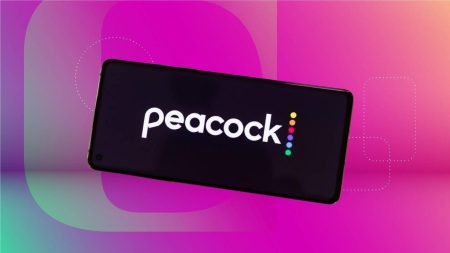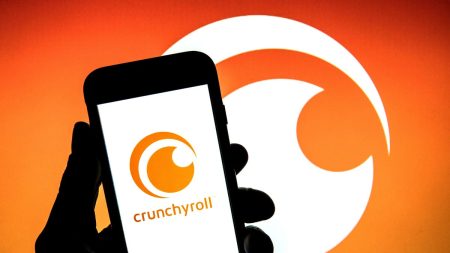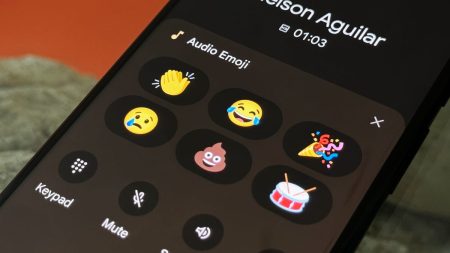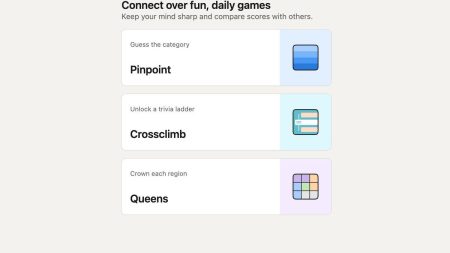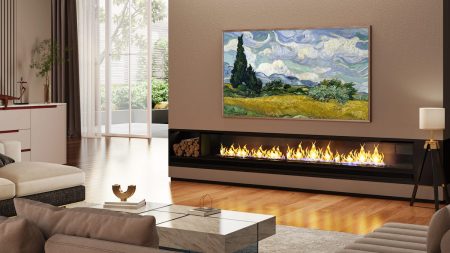Sleep trackers are devices that help individuals understand their sleeping patterns and improve sleep quality. These trackers come in various forms, from wearables to devices that sit on your bedside table. The Whoop 4.0 Band is considered the best sleep tracker due to its in-depth sleep information and personalized recommendations. The band uses body temperature sensors and photodiodes to provide insights into sleep. The new AI Whoop Coach feature also offers personalized answers based on sleep data. Other top sleep trackers include Fitbit, Oura Ring, Withings Sleep Tracking Mat, Google Nest Hub, and Sleep Number 360 Smart Bed.
The Whoop 4.0 Band is a wearable device that monitors key sleep metrics like sleep stages, heart-rate variability, and respiratory rate. It offers personalized recommendations based on your sleep data and has a vibrating alarm feature. The Fitbit Inspire 3 is another popular sleep tracker that measures physical activity and sleep data. It also provides a daily stress management score and mindfulness sessions. The Oura Ring is a high-tech ring worn on the finger that tracks heart rate, blood-oxygen levels, and sleep stages. The Withings Sleep Tracking Mat goes under the mattress to measure heart rate, respiratory rate, movements, and sleep cycles.
The Google Nest Hub is an all-in-one sleep-tracking smart home device that offers features like Sleep Sensing for detailed sleep data. It can be used as a sunrise alarm clock and has additional smart home functions. The Sleep Number 360 Smart Bed c2 uses sensors throughout the mattress to track movement, heart rate, temperature, and breathing. It provides personalized insights to improve sleep quality and offers adjustable firmness levels. These sleep trackers offer valuable insights into sleep quality, duration, and patterns, helping users understand and improve their sleep habits.
When choosing a sleep tracker, factors like the type of tracker, price, and additional features should be considered. Wearables use sensors like accelerometers to detect movement, heart rate, and oxygen saturation levels, while non-wearable trackers rely on motion sensors and low-energy radars. Sleep trackers measure sleep phases, sleep quality, sleep duration, disturbances, deep sleep, REM, heart rate, blood-oxygen levels, breathing patterns, and temperature/light disturbances. While sleep tracking isn’t a cure for poor sleep, it can offer insights into sleep patterns and disturbances, allowing users to make changes for better sleep quality.





